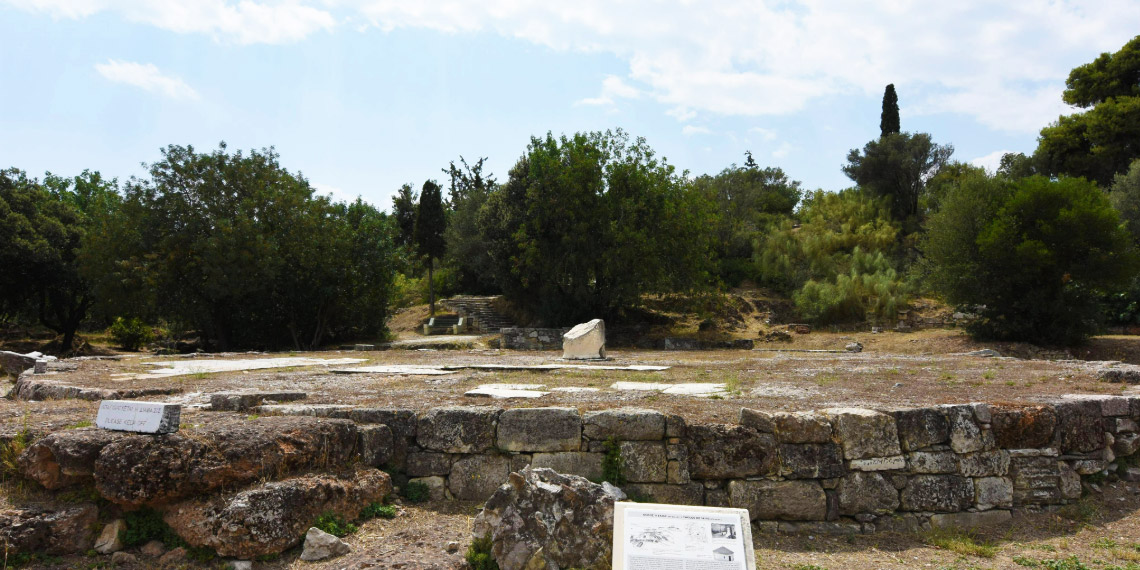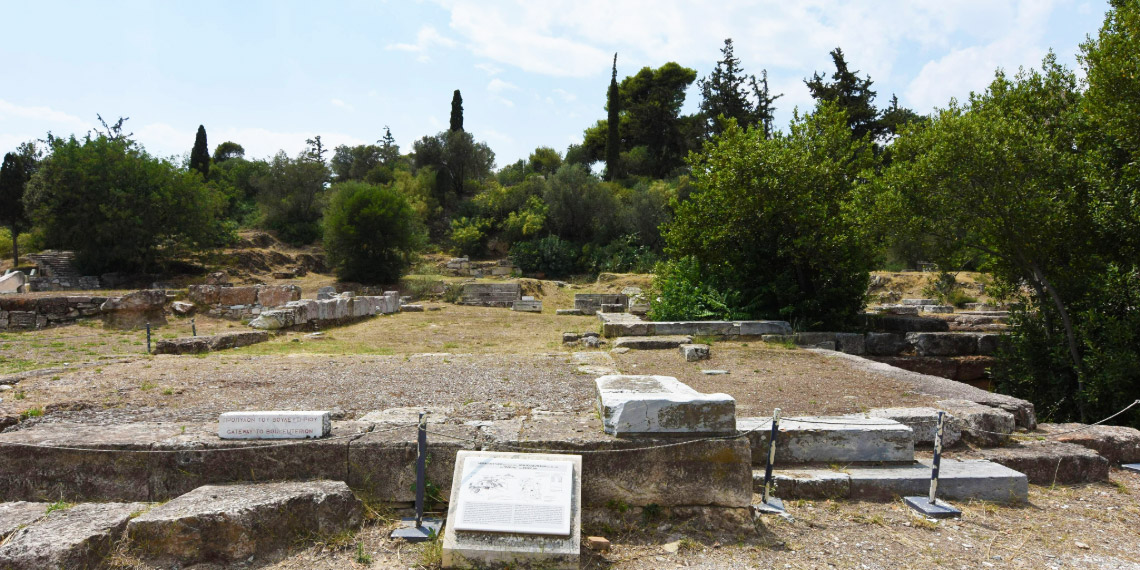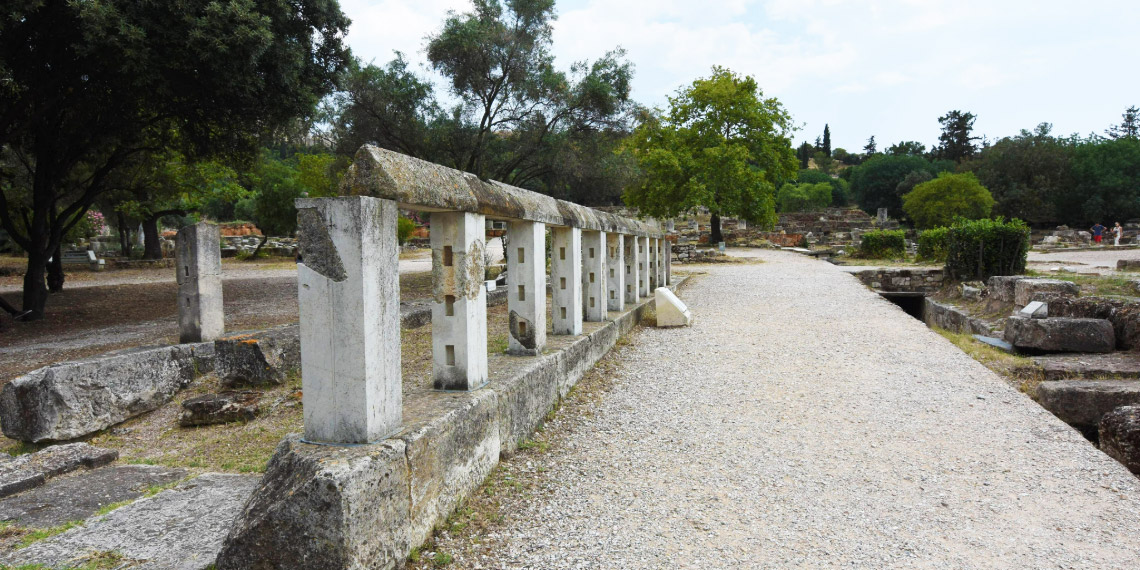Ancient Agora: Explore the Mysteries of Ancient Civilizations

The Ancient Agora of Athens is a historical site in the heart of Athens, Greece located northwest of the Acropolis. It is an archaeological site that served as the ancient Athens’ civic life. It was a central spot for political, commercial, social, and cultural activities in ancient Athens.
Panathenaic Way: Witness the Glory of Ancient Angora

This main road running through the Ancient Agora was used during the Panathenaic festival, a major religious and civic celebration in ancient Athens.
Stoa of Attalos: Unlock the Secrets of the Past

From the hill of Areopagus, I took in the stunning view of the Stoa of Attalos. Its long red roof stood out prominently amidst the ancient surroundings. This beautifully reconstructed ancient building, now housing the Museum of the Ancient Agora, was a sight to behold. Originally built by King Attalos II of Pergamon in the 2nd century BC, the Stoa of Attalos once served as a bustling covered walkway and marketplace.
The Tholos: A window into the past

Near the Agora’s center stands the Tholos, a distinctive circular building that housed the executive committee of the Athenian council, known as the Boule. Here, important decisions were made, and Athenian leaders convened for official meetings and communal meals
Bouleuterion: Witness the Glory of Ancient Angora

Adjacent to the Tholos is the Bouleuterion, the council house where the Boule convened to deliberate on matters of state. This architectural marvel was essential to Athenian democracy, showcasing the city’s commitment to participatory governance and civic engagement.
The Monument of the Eponymous Heroes

This structure displayed statues of the ten heroes who lent their names to the tribes of Athens. It also served as a public notice board where announcements were posted.
Temple of Hephaestus: Step back in time


Journey Back in Time
The Temple of Hephaestus is one of the best-preserved ancient Greek temples, located in the ancient Agora of Athens. Constructed around 449 BCE, it is dedicated to Hephaestus, the god of fire, metalworking, and craftsmanship. The outer colonnade comprises 34 Doric columns, with 13 on each side and six on the front and back. During the Byzantine period, it was converted into a Christian church dedicated to Saint George Akamates.

Acropolis: Explore ancient wonders

As I stood at the Temple of Hephaestus late in the afternoon, I raised my camera to capture the breathtaking view of the Acropolis. Through my lens, the Parthenon atop the Acropolis stood prominently against the backdrop of the deepening blue sky.
